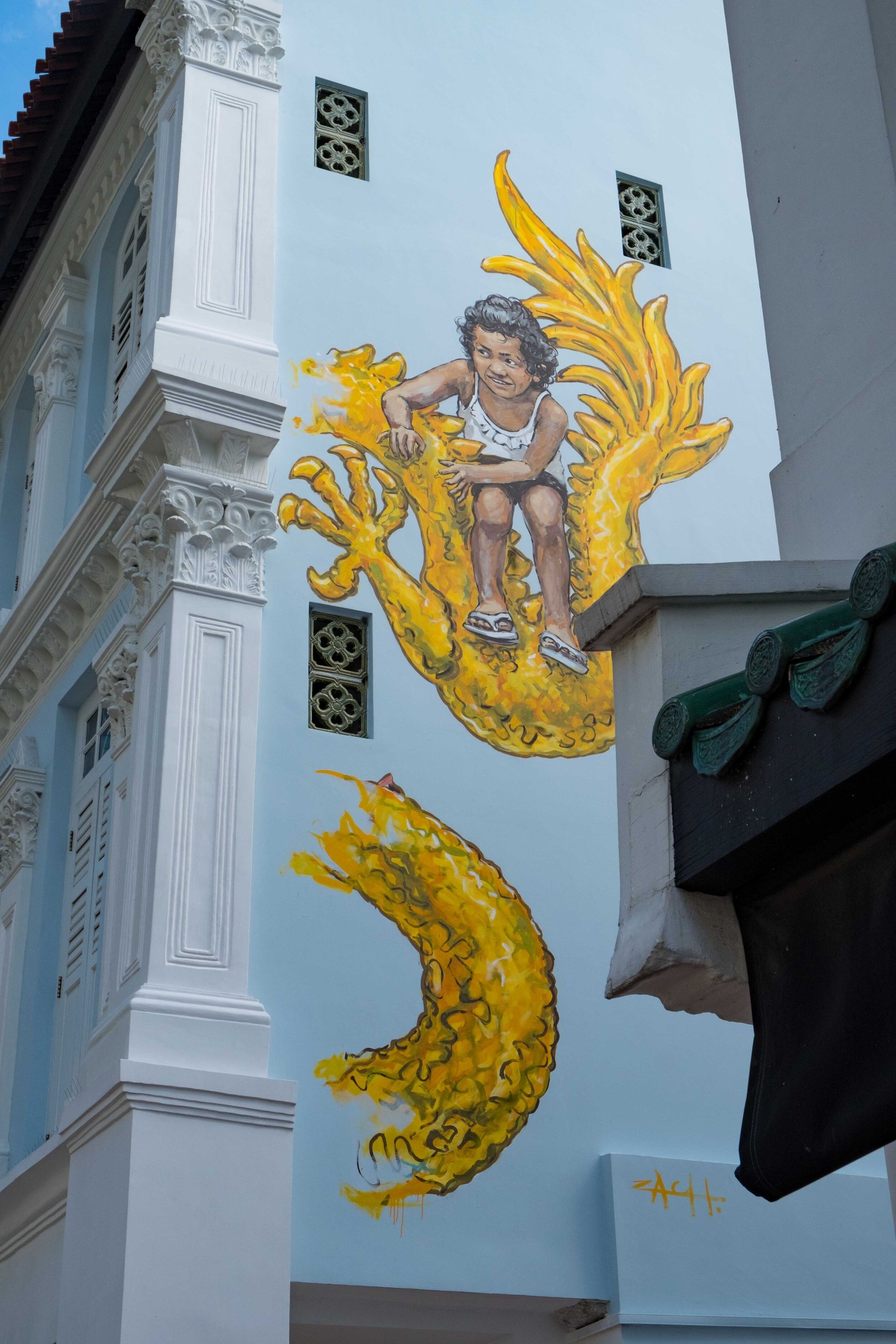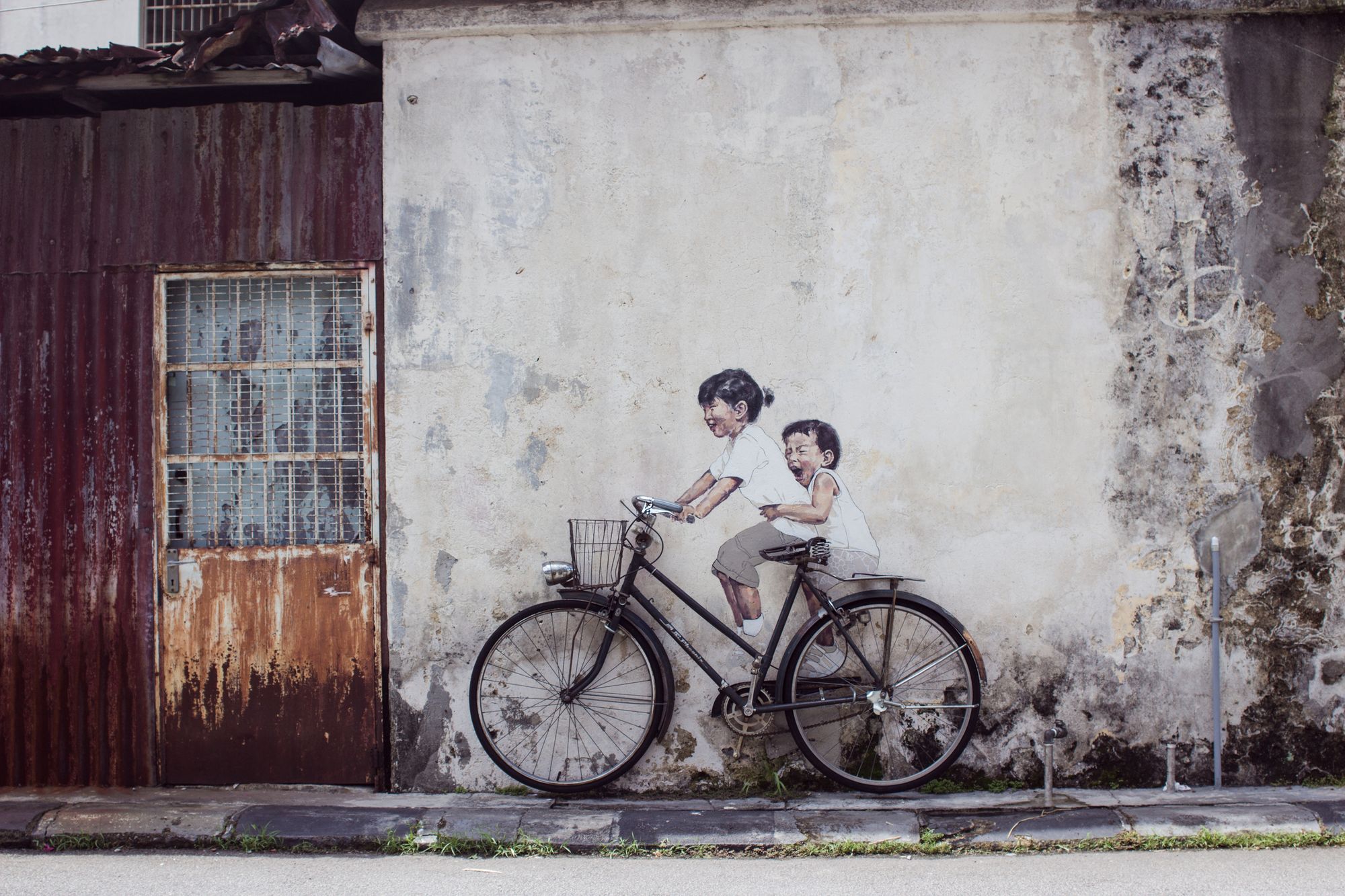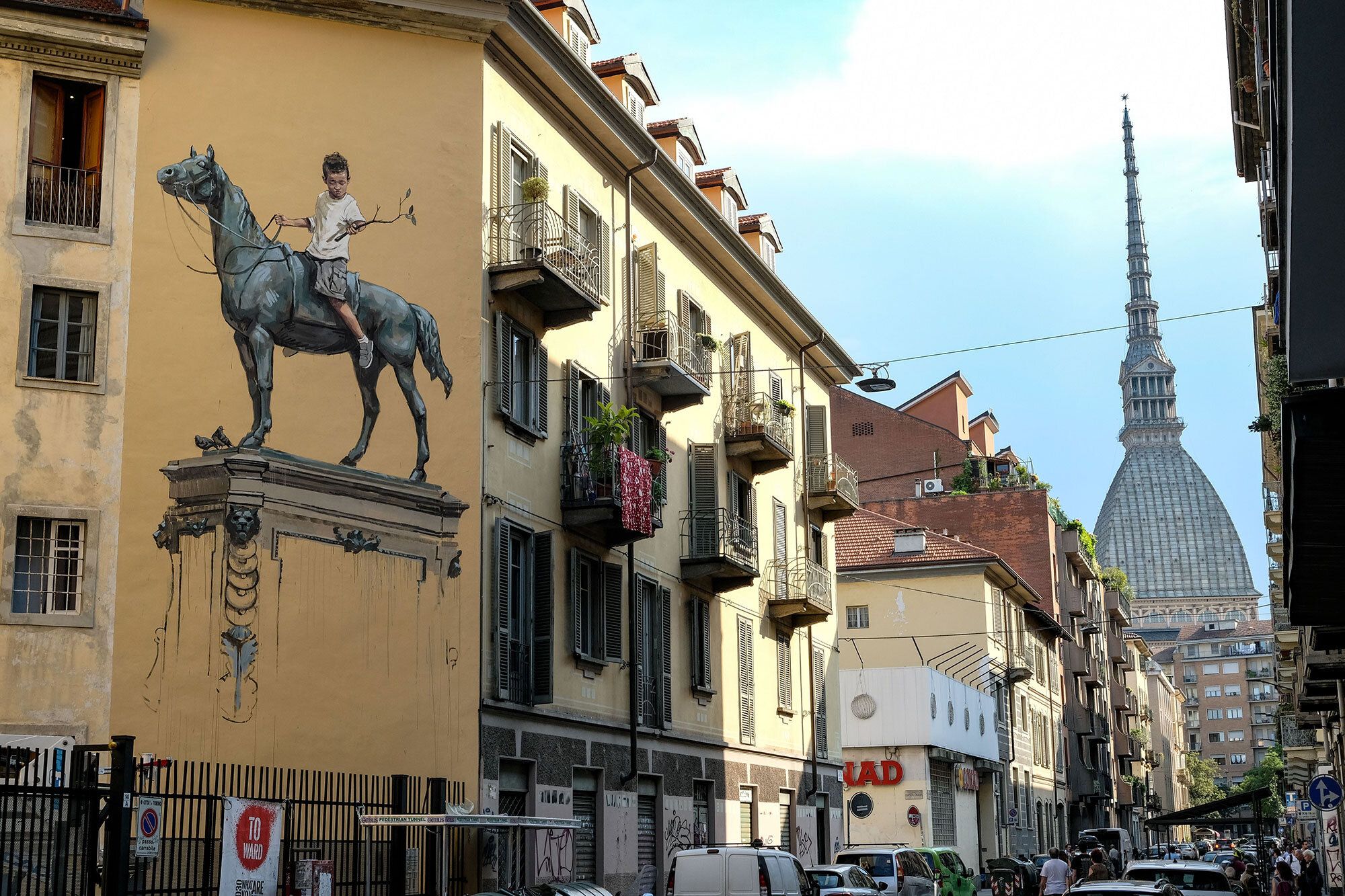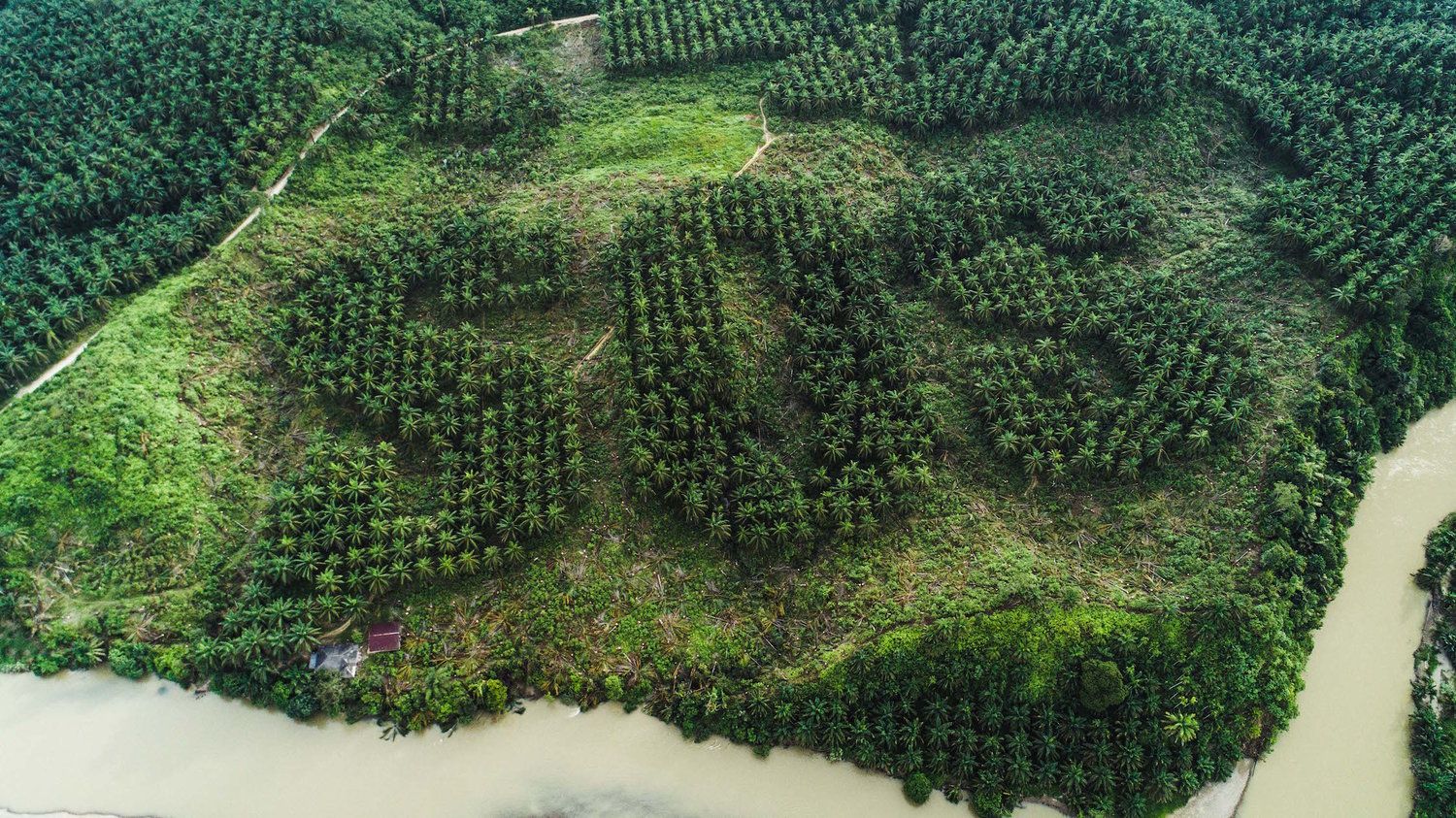Most artists have a certain medium they prefer, often one that best conveys their creative expression or one they have spent years mastering. Ernest “Zach” Zacharevic, a Lithuania-born, Malaysia-based street artist, defies the norms of artists confined by traditional canvases or gallery spaces. His art extends to the outdoors, wherein walls, building facades, and dilapidated shopfronts become his canvas, transitioning between various disciplines such as oil painting, stencilling, spray, installations, and sculptures with equal ease.
Zacharevic’s artistic inclination became evident early, leading his parents to enroll him in a professional program when he was only 11. He realized he did not fit within the conservative and rigid structure the Art Academy advocated, propelling him to pursue a BA in Fine Art from London. Throughout his time, he was drawn to graffiti, which almost felt like a parallel world embodying free thinking.

Zacharevic’s art breathes new life into neighbourhoods and public spaces. His interactive murals contextualise the city they are set in and often feature children as protagonists, interacting with the urban fabric surrounding them. Fresh Start was inspired by a mural painted initially in 2019.
A little boy mounts a horse, carrying a leafy twig depicting the failings of old leaders, old symbols, and old ways of doing things while acknowledging that the youngest generation is currently on the front lines of the fight against climate change reflecting upon the United Nations Sustainable Development Goal for Climate Action.

In his other artworks such as Singapore, for instance, children ride Chinese dragons, a symbol deep-rooted in the city’s cultural heritage. Meanwhile, in Penang, he revitalises the weathered walls of old Chinese shophouses with pieces like Life Cycle, capturing children joyfully riding bicycles. What sets his compositions apart is the incorporation of three-dimensional everyday recycled objects such as planks of wood, old motorcycles, or carts, allowing his murals to engage with more than just the architecture it is painted on.
Zacharevic possesses an innate ability to capture the essence of each city he encounters, enabling him to forge deep connections with diverse audiences. His work has taken him across the globe to Singapore, Miami, New York, Lisbon, Dubai, and Kuala Lumpur, among other cities. In addition to his murals, the artist established and oversaw Cultprint, a curated painting and print studio. Through his platform, he offers limited edition prints directly to art enthusiasts, hoping to foster a community of like-minded individuals.

“The nature of my work is very spontaneous and site-specific. I often prioritise the relationship of the artwork to its surrounding environment and community over the aesthetic pleasure of viewing the art,” stated Zacharevic in an interview with Graffiti Street.
Zacharevic’s interest in Sumatra began when he flew over the region in early 2017, gazing out the aeroplane window, a disheartening site confronted Zacharevic. The once-expansive rainforests, mountains, and ecosystems had been obliterated at an alarming rate to make way for lucrative palm oil plantations, resembling an endless grid of precise pixels.
In an interview with the Guardian, Zacharevic expressed his desire to create a piece of art that would serve as a distress signal, drawing attention to the devastating reality plaguing the Southeast Asian region.
Organisations like the Sumatran Orangutan Society (SOS) and Orangutan Information Centre (OIC) have been tirelessly working to combat deforestation, propagate reforestation initiatives, and protect endangered species such as the Sumatran orangutan, which urged ethical cosmetic brands like LUSH to witness the situation on the ground and take action.
Zacharevic spent two years in Sumatra photographing and painting the region; during this time, he became acutely aware of the pressing environmental concerns plaguing the area. Determined to make a difference, he delved deep into comprehensive research, consulting experts and NGOs before he founded Splash and Burn, a pun on slash and burn, a technique adopted by Indonesian farmers to clear rainforests for oil palm plantations.

With a vision of art as a catalyst for positive change, he invited local and international artists, urging them to contribute to the mission. The city was filled with imagery like an elderly blind woman staring out of her window, by Gabriel Pitcher, a contributor to the Splash and Burn movement. The artwork is a metaphor for the immediate architecture crumbling around her. While staring out, she is blind to what needs to be looked at, drawing attention to the effects of capitalism on the community.
A Spanish sculptor and photographer, Isaac Cordal, positions satirical miniature characters in the environment, commenting on the landscape. For Splash and Burn, his impressions can be captured through the experiences of an iconic man in a suit as he moves through the burning plantations.
The SOS distress call carved into 20 hectares of palm oil plantation land in Sumatra was the most significant intervention in Zacharevic’s ongoing Splash and Burn initiative to raise awareness of the devastating effects of the destruction of Indonesia’s forests and the demise of species like the Sumatran orangutan. The land for the massive SOS distress call was purchased from the proceeds collected via the "#SOSsumatra" campaign through the immediate sale of 14,600 limited editions produced by the cosmetic company LUSH, each soap symbolising the remainder of the orangutan population.

His work spotlights United Nations Sustainable Development Goals on Life on Land. The art movement, particularly the SOS distress call, communicated the problem’s magnitude while highlighting the positive changes through collective action and reforestation efforts.
Creative urban interventions across Sumatra sparked conversation surrounding community, consumerism, climate change, and dwindling wildlife populations.
With his art, Zacharevic aims to educate, raise awareness and distil complex ideas surrounding community, culture, and relevant social and environmental issues in an accessible manner. The Splash and Burn installations have received overwhelmingly positive reactions from the people most affected by the deforestation activities in the region. His work is a poignant reminder that art is an enabler and inspires individuals to aspire for change and participate in shaping solutions.
See more of Ernest Zacharevic’s work here.
